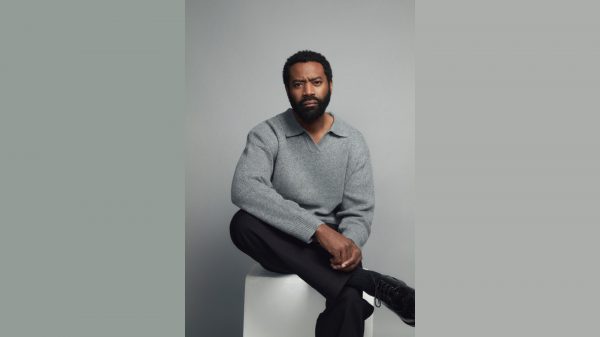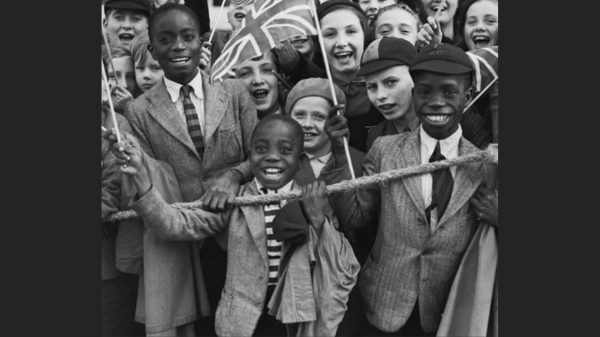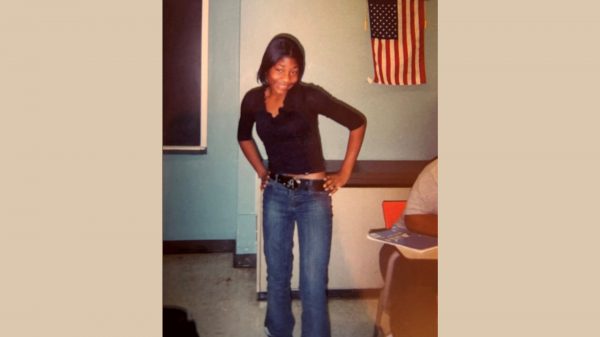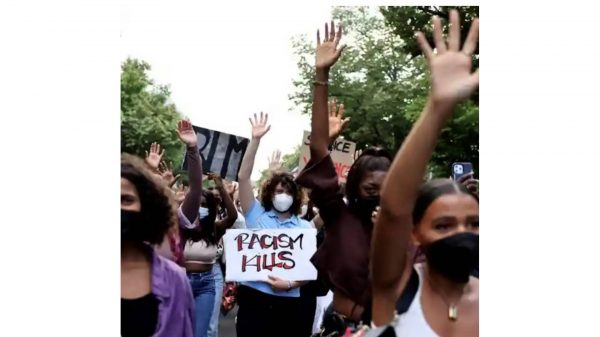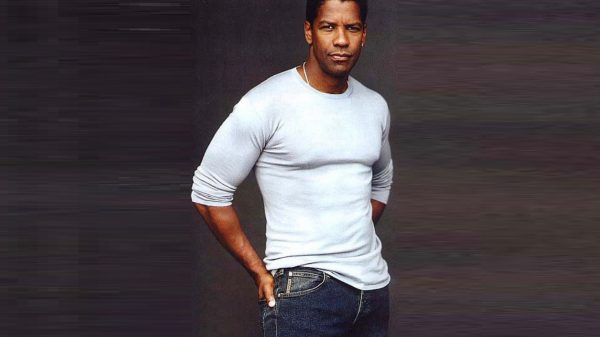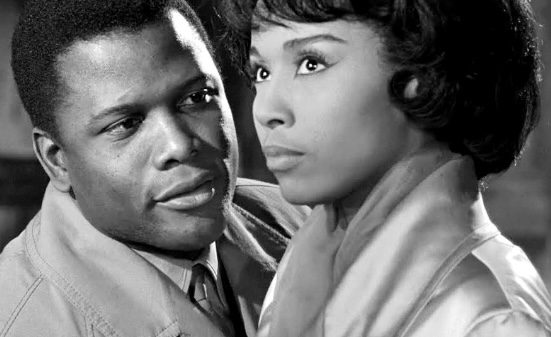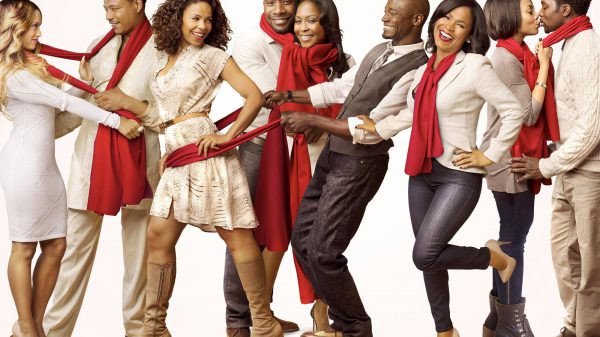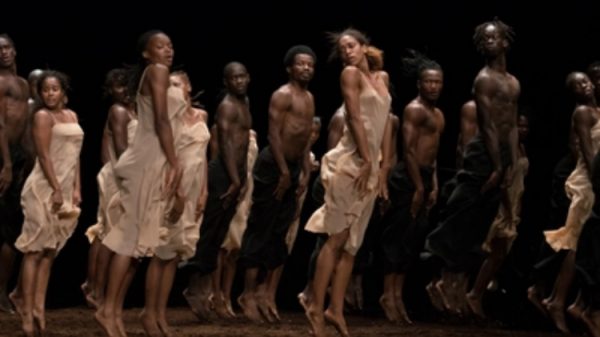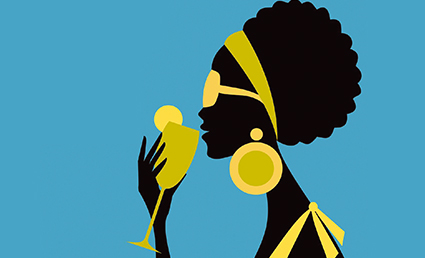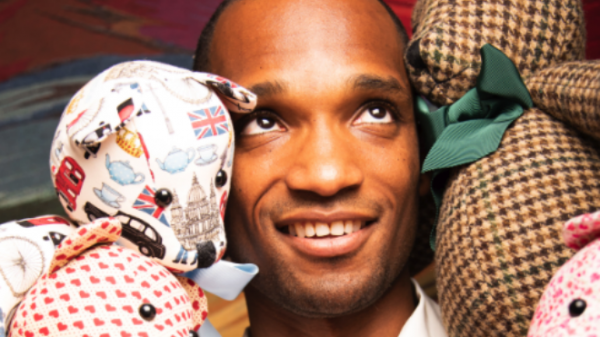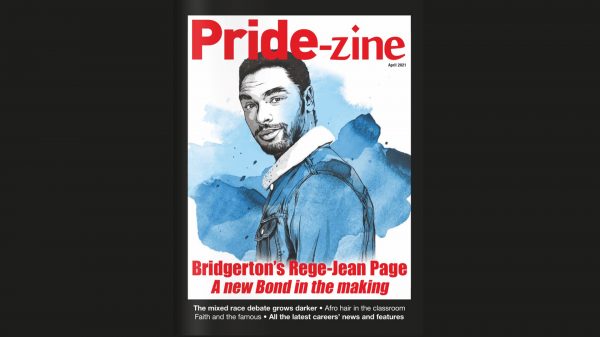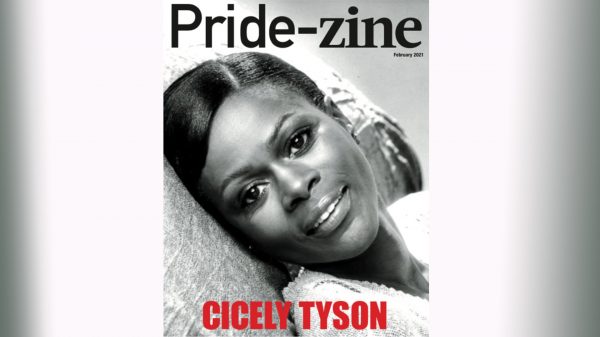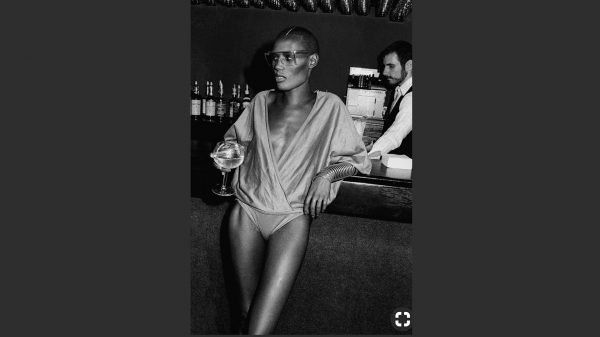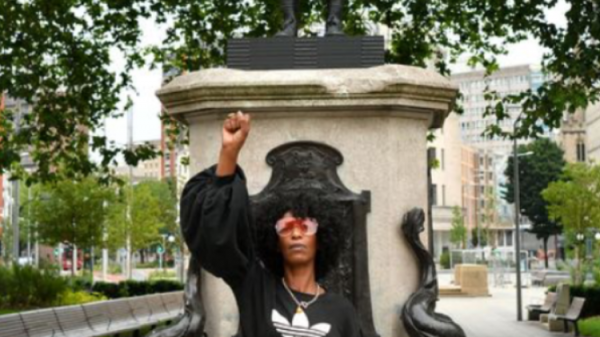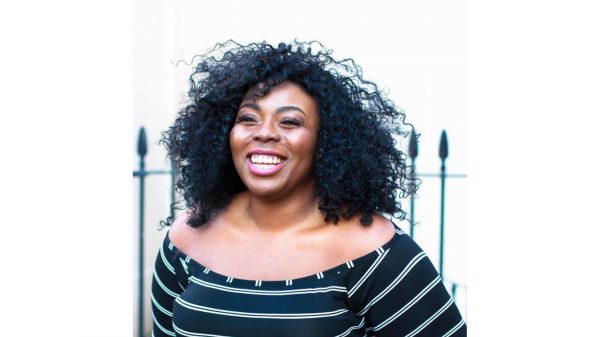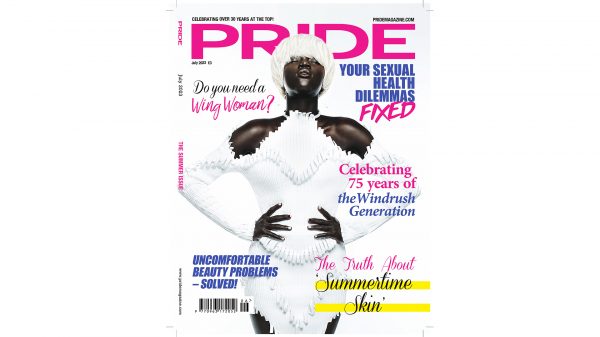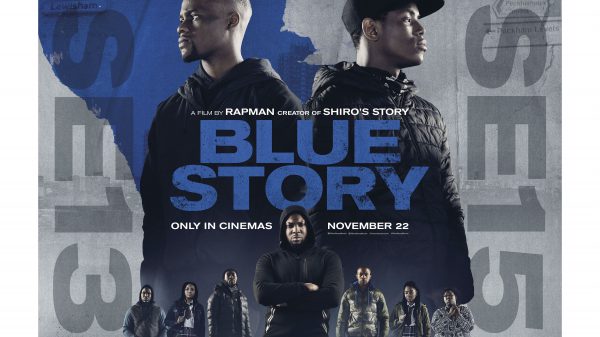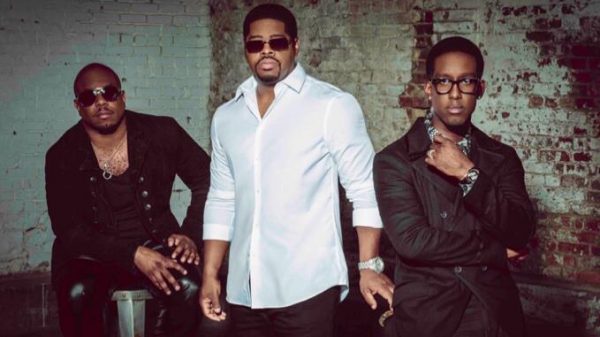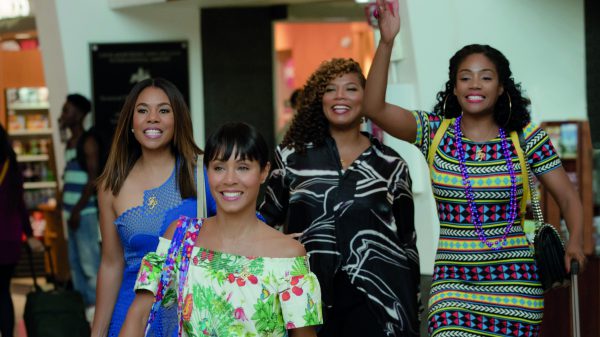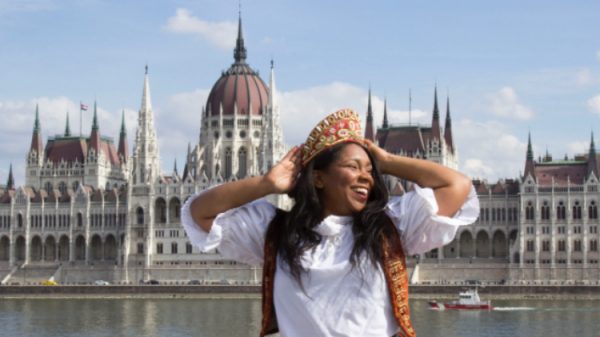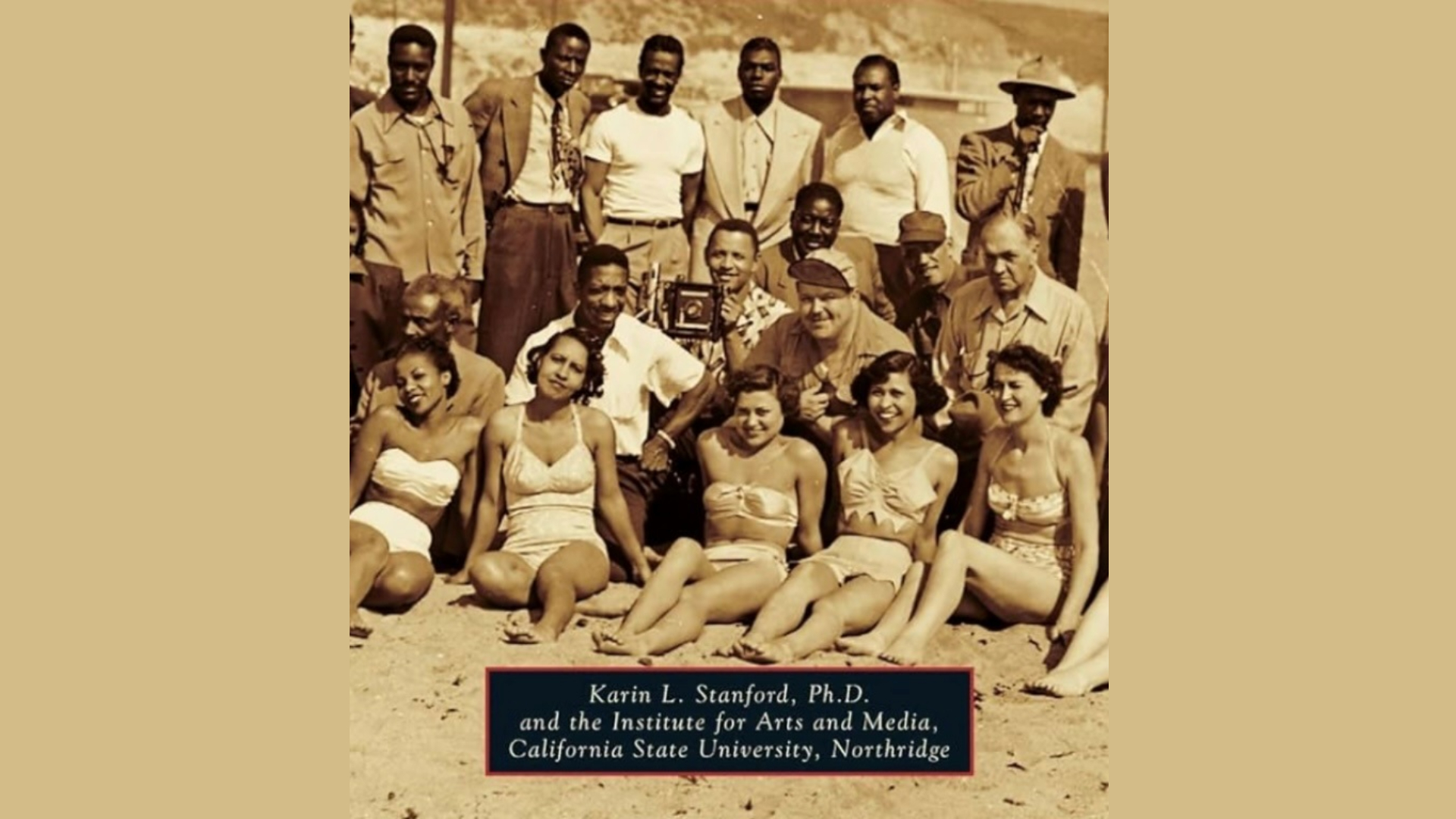Los Angeles was founded on September 4, 1781, by 44 settlers, including 26 of African descent. The city’s Black history is rich. Pío de Jesús Pico, its first governor, had African roots, and Paul R. Williams, a prominent Black architect, designed many notable buildings.
The county has seen a rise in Black-owned businesses. It is adding energy and creativity to the area, with vibrant murals and cultural expressions. The African American community has deeply influenced Los Angeles. This is how it’s contributing to its cultural and historical legacy. Today, L.A. is a key city where this community thrives, and its historic neighborhoods highlight their lasting impact. But before we get into the details, play a few rounds at Hellspin Casino because today might be your lucky day.
The History of California’s Black Neighborhoods
California’s economy is the fifth largest globally. Despite this, Black Californians have faced marginalization for centuries. Historically, California nearly became a slave state, Black people couldn’t testify in court, segregation was legal, and systemic injustice was common. Black migrants significantly shaped California’s rise to prominence.
The story of Black California, like many West Coast tales, began with the search for opportunity. The Gold Rush in the mid-1800s attracted many African American families seeking better economic chances.
At the same time, as California became a state in 1850, politicians debated changes. Some supported slavery and segregation and even wanted to ban African Americans from the state. These efforts ultimately failed.
What Happened Next
Black migrants who arrived in California during the Gold Rush found good living and working conditions. Initially, most worked in cooking, housekeeping, hair services, or laundry. However, job opportunities quickly expanded beyond these roles. For example, Mary Ellen Pleasant, a millionaire and abolitionist from that era, was a successful business owner.
The Black middle class played a key role in California’s socio-political success. They brought education, knowledge of the legal system, and the economic power to challenge unfair policies. This group helped shape the Black neighborhoods we see today.
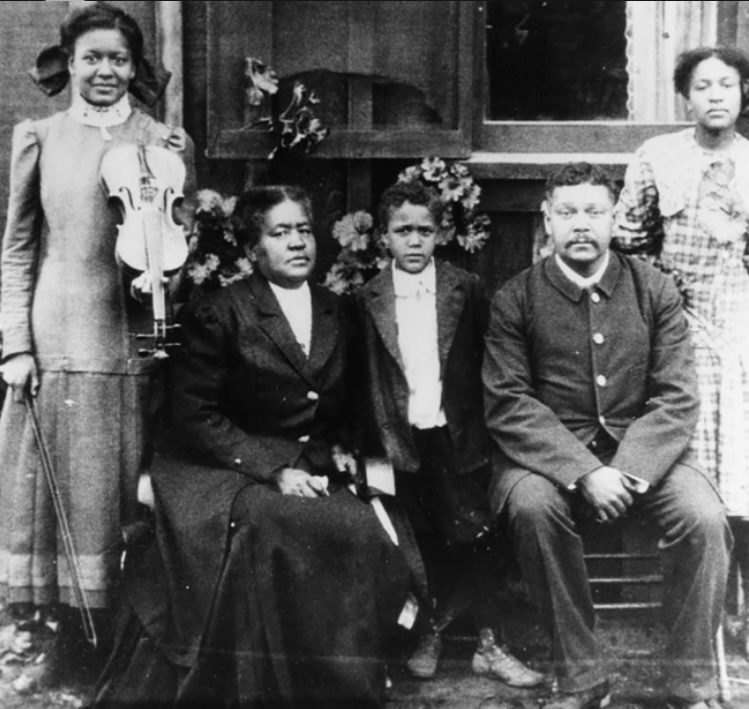
Black Neighborhoods in Los Angeles
Gramercy Park
Gramercy Park is located between Manchester Square and Westmont. This neighborhood has the second-highest percentage of Black residents, at 86.4%. The neighborhood features Jesse Owens Community Regional Park, which is named after the renowned athlete Jesse Owens.
Vermont Knolls
Vermont Knolls is a small, peaceful neighborhood with about 18,000 residents, 42.6% of whom are African American. Covering just 1.14 square miles, it was once home to Pepperdine University and is where Congresswoman Maxine Waters resides.
West Rancho Dominguez
Once called West Compton, West Rancho Dominguez is a suburb of L.A. with a 57.6% African-American population. Located west of Compton, it is now an unincorporated area and has grown by 308.6% since 2010.
Exposition Park
Exposition Park, though not primarily Black, holds a significant place in African-American history. It houses the California African American Museum and was once home to notable figures like Jackie Robinson, William J. Powell, and Bill Robinson.
Westmont
Westmont has the 10th highest percentage of Black residents in L.A. County, at 57.5%. Rapper Bino Rideaux grew up here.
Black Neighborhoods in San Francisco
Historian William Loren Katz, author of The Black West, estimates that Black Californians during the Gold Rush had about $2 million in assets, which would be over $60 million today. Katz notes that more than half of this wealth was in Black neighborhoods in San Francisco. Despite their significant contributions, Black people faced job limitations and worked mainly in businesses and services. However, they made significant strides against racial injustice.
Black residents played a key role in shaping their communities during the Gold Rush, establishing storefronts and businesses. They founded newspapers and helped San Francisco thrive. For example, William Leidesdorff, an African American, built and owned the city’s first hotel, the City Hotel.
The Bay Area has a rich history of Black activism. Oakland is known for the Flood family, including Elizabeth Scott Flood and her daughter Lydia, who worked hard for education and children’s rights. Jeremiah B. Sanderson, an activist and educator, founded a Black school in Sacramento, improved education for Black children in San Francisco, and was highly respected in the state.


